Knowledge is key! Unless knowledge is applied in the best manner possible, the result will be poor. Like a farmer who knows the ins and outs of his land but still desires better yield, a different application of knowledge is required. Thankfully, agriculture as an industry is evolving. This metamorphosis has given birth to a whole new sector of smart farming, in which knowledgeable farmers use modern technologies and receive a bounty of high quality and quantity produce.
The Internet of Things (IoT) is a tool that has the potential to disrupt the agricultural sector. The many sensors, gateways and seamless end-to-end solutions help ensure that smart farming becomes a factual reality. With integration in multiple sectors, even a supermarket giant like Carrefour collaborated with IBM. This allowed them traceability and brings to focus the accountability of all deliverables across its supply chain.

Utilization of IoT in Smart Farming
Food frauds are unfortunately on the rise. The E. coli outbreak caused due to Romaine lettuce that grew in Arizona could have been curbed. Alas, at that time the produce was not tagged and the buyer was unaware of the exact origins of the produce. Similarly, the seller was unable to call back the infected lettuce due to the vast disrupted network of distribution. The outbreak, which spread across 35 U.S. states, affecting the lives of hundreds of people, could have been nipped in the bud with a simple recall.
Thankfully, integration of IoT technology as smart farming now includes agriculture, retail and restaurants, among others. This can help cap off any anomalies found in produce before it can be consumed.
Many are as yet unaware that the IoT is playing a huge role in the mass adaption of smart greenhouses. What was once limited to herbs and delicate flowers has now become industrialized. Exotic fruits and vegetables that are not native to the United States are now grown and distributed onto many supermarket chains. The demand of organically grown greenhouse vegetables has further established that the IoT is not restricted to smart devices in a household. Its industrial uses surpass its commercial viability. Discussed below are some more solutions offered in smart farming:
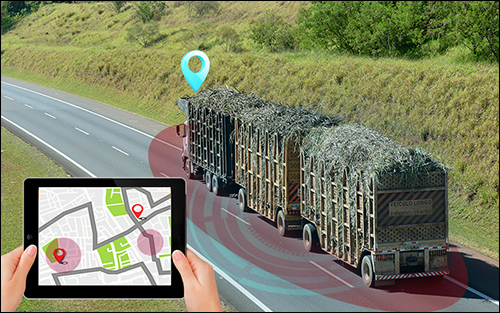
1. Livestock Tracking and Geofencing: An estimated 70 percent of thefts in livestock are reported every year. With real-time geofencing, livestock tracking works as a boon for farmers. Free-range, open-range and organic grazing cattle and livestock are favored by consumers. It is estimated that the demand has risen to a whopping $27 billion industry. Cattle nabbing is, unfortunately, an invisible enemy that can be defeated in smart farming. With animal wearables, it is easy to account for every animal. Fence monitoring ensures that no intruders can enter or exit one’s property from the borders.
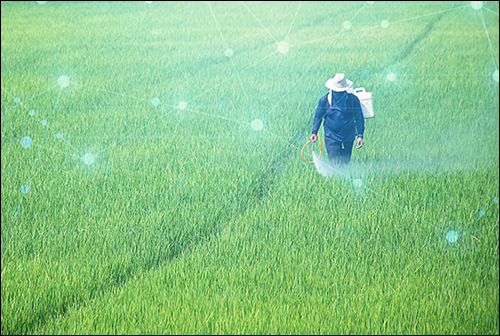
2. Smart Pest Management: Wrongful quantity and increased amounts of pesticide spraying can result in an infected crop. Data analysis of the soil, the speed of produce growth, and weather and temperature patterns are factors that can attract a swarm of locusts or other insects. Pesticides also help increase yield, but a balance needs to be achieved before irreversible damage is incurred. Monitoring of the same plays an important factor in determining if pesticides need to be sprayed. Additionally, once the recommended dosage has been administered, anything extra affects the fertility of the soil and damages the produce. Swarming season cannot be avoided, but care can be taken to minimize the damage that crops face. Last year, in Idaho alone, few locations witnessed a high Mormon cricket population. It reached a high level of 70 per square yard.
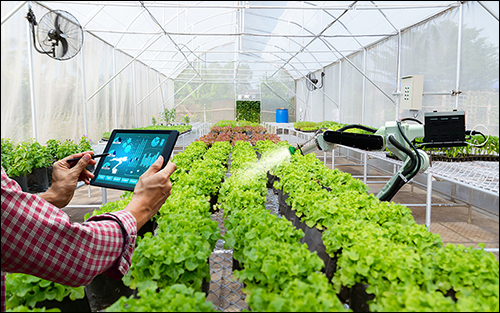
3. Predictive Analytics for Crops and Livestock: Crucial data—such as soil analysis, including moisture levels, and the growth rate of crops—is important to predict the growth pattern of produce. This helps one be alert to the mineral requirements of crops and helps to increase the same. Simultaneously, faulty feeding patterns of livestock and overcrowding the bunk feed may affect the quality of the meat. Smart animal husbandry also focuses on calf raising, maternity pens and cow lactation. Technological know-how helps boost a farm’s overall productivity.
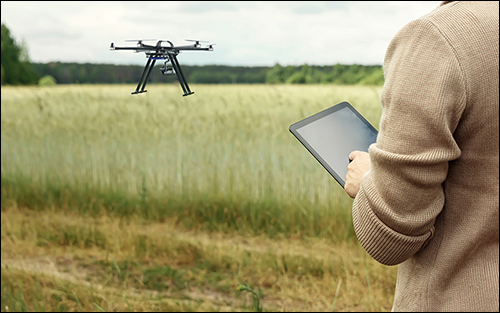
4. Remote Equipment Monitoring: A large farm requires heavy equipment. Every machine, no matter how well used and maintained, suffers from technical glitches. For one to get the maximum out of the hardware being used, smart solutions go a long way. With the application of sensors on machines like harvesters, tractors, pickups and plowing machines, a farmer receives real-time notification in the event of a glitch. Installing, provisioning and managing IoT endpoints, as well as securely and reliably connecting the same, makes the entire exercise smart. Ingestion, maintenance, curation and analyzing the data derived through IoT driven sensors can be done remotely.
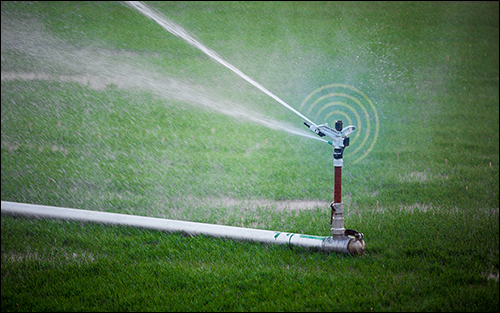
5. Automated Sprinkler System: Precise and controlled water dispersion helps cap any degradation of roots. One of the most important things that one needs to ensure while watering is knowing when and how much water is required. For this, a detailed analysis of soil is required. In addition, air humidity and weather temperature are factors that help to determine the optimum amount of water without wasting this precious resource.
“From farm to fork” is the new adage which is being followed by those who have implemented smart farming. This sector used to be brimming with toil and trouble but has now been revamped into a well-oiled machine. Farmers and cattle owners can now obtain real-time information about their crops and cattle, then use this information to maximize their yield. Smart farming continues to be one of the most rapidly developing sectors, offering maximum profit and increased quality and quantity. All one needs to do is implement the same.
Sanjeev Verma is the founder of Biz4Intellia, one of the leading IoT development companies in the United States. He is extremely passionate about the Internet of Things and explores the possibilities unleashed by the IoT on a constant basis. At Biz4Intellia, Sanjeev’s concrete focus is on building a rapid growing, market-driven organization that delivers influential IoT business solutions.

